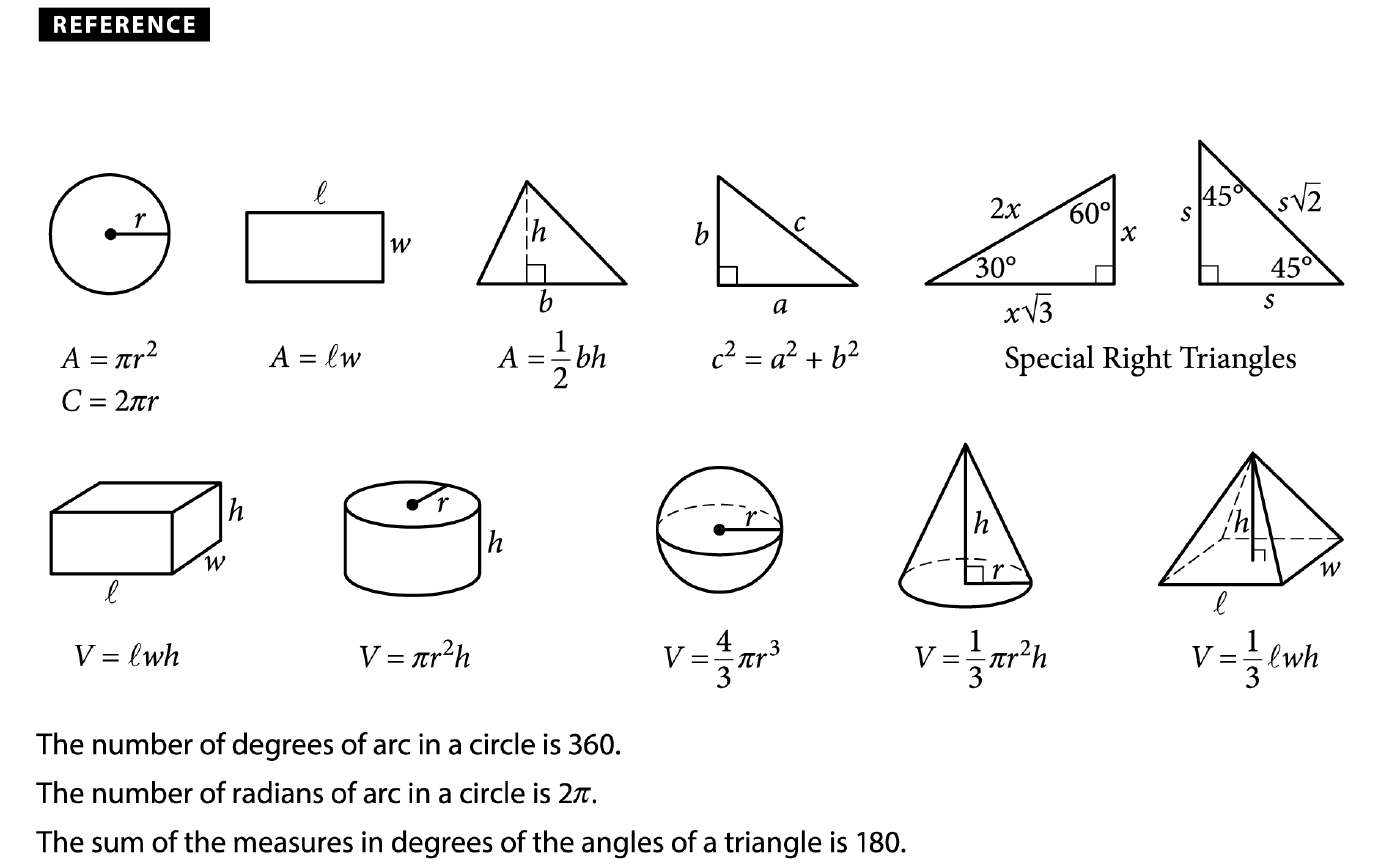John is taking a rowboat both up and down a 16-kilometer length of a river. A constant current of 1 kilometer per hour makes his trip downstream faster than his trip upstream because he is moving with the current downstream and fighting against the current when traveling upstream. If a round-trip journey took him a total of 4 hours, and if he rowed at a constant pace the whole time, what is the rate in kilometers per hour, to the nearest tenth, at which John is rowing independent of the current?
Correct Answer: B
Your Answer:
Explanation
(B) Use the formula Distance = Rate x Time to make your calculations. The distance is 16 km/hour for the journey in either direction. The rates, however, are different. The rate going upstream is 1 km/hr less than the rate at which John is actually rowing because he is going against the current. The rate going downstream is 1 km/hr more than the rate at which he is actually rowing because he is going with the current. If x is the rate at which John is rowing, the time, u, to go upstream is:

The time going downstream, t, can be calculated in a similar way:

Since the total time of the journey is 4 hours, combine these two expressions together into one equation:

Then solve for x:

Use the quadratic formula to solve:

You get two solutions. However, you can use only  , because velocity cannot be negative. The value of
, because velocity cannot be negative. The value of  is approximately 8.1.
is approximately 8.1.
